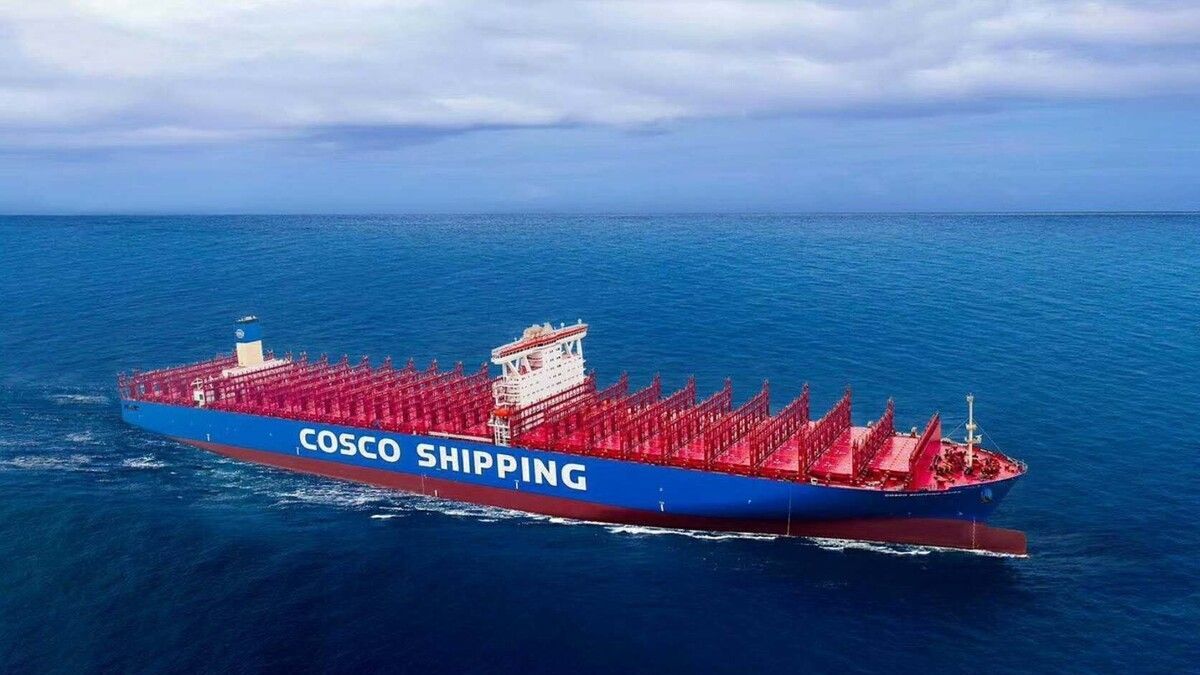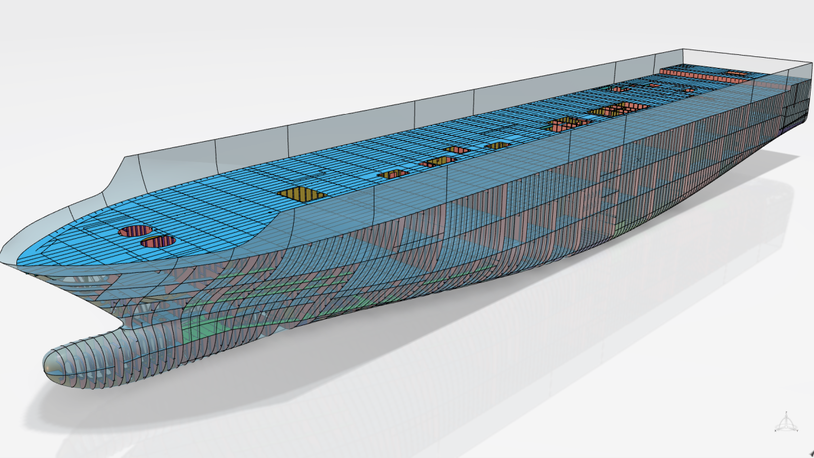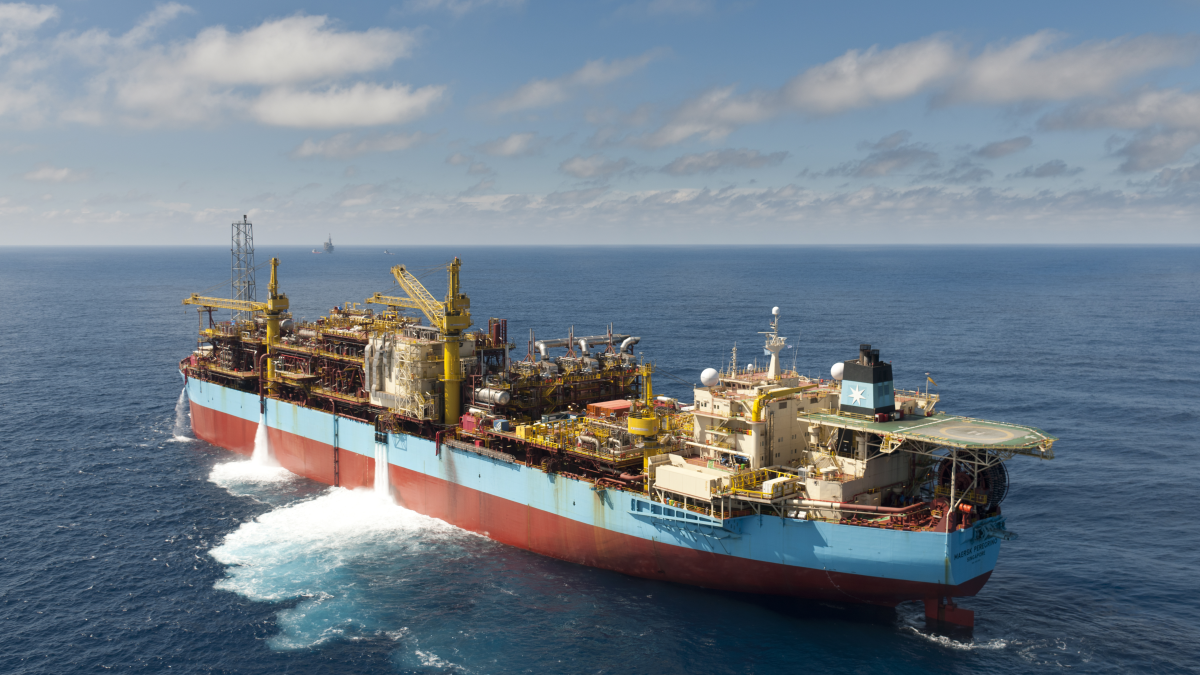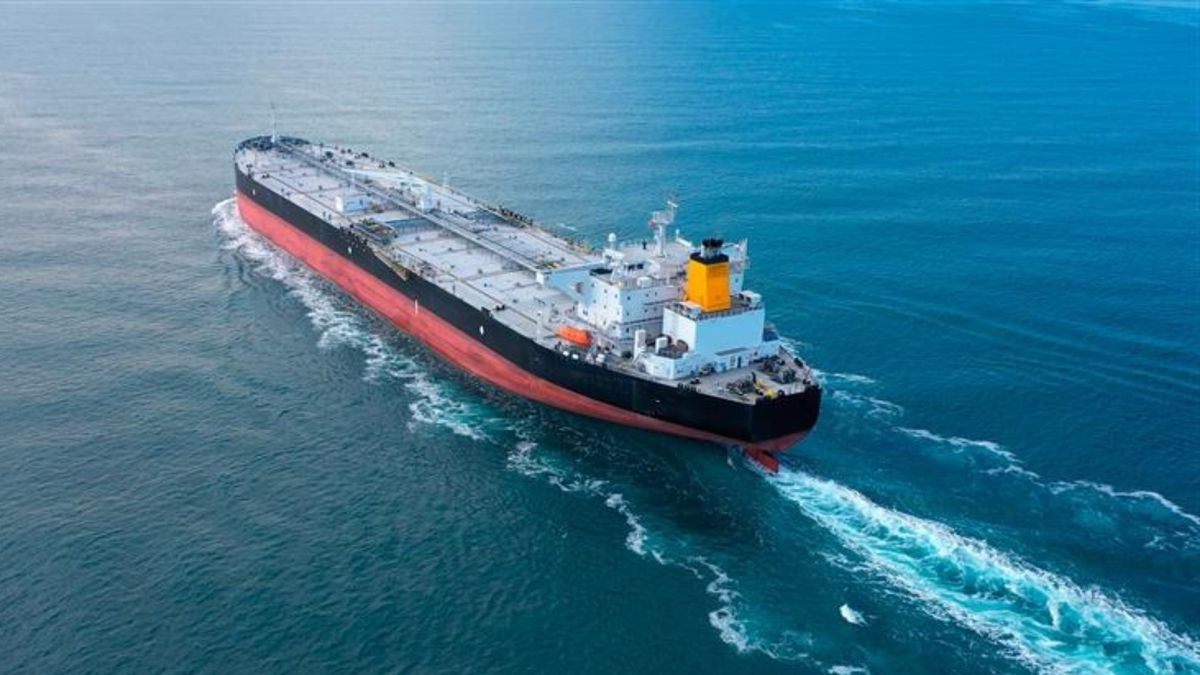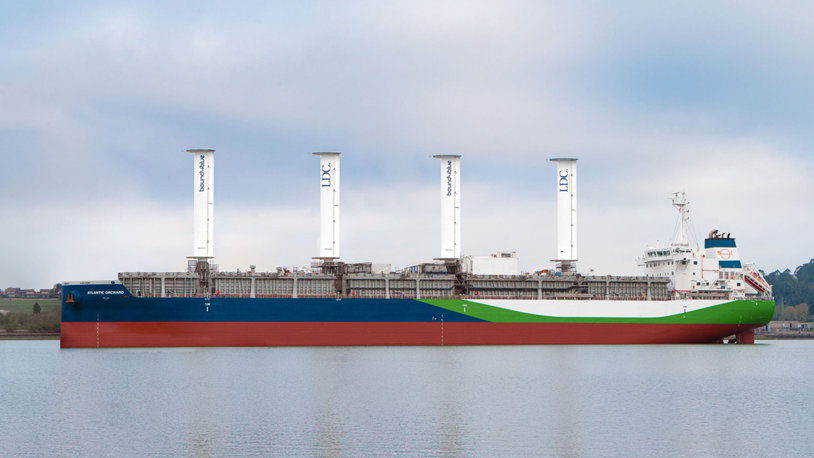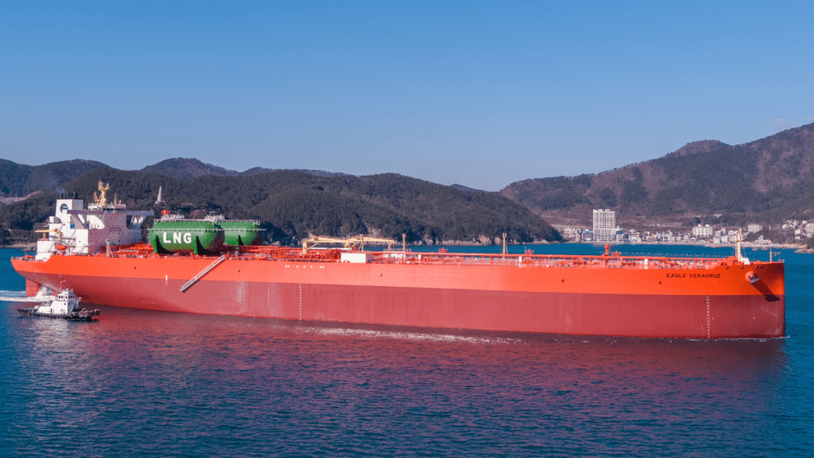Business Sectors
Contents
Register to read more articles.
US port fees plan shines spotlight on China's dominance in shipbuilding and shipowning
Analysts examine the potential scale of disruption that a US proposal to impose hefty port fees on Chinese-owned and built vessels could create: "To say that this would be disruptive to the shipping markets is a massive understatement”
According to a newly released plan by the United States Trade Representative, Chinese-built ships could be charged up to US$1.5M per visit to US ports. This proposal follows an investigation launched in April 2024, aimed at examining China’s growing influence in the maritime, logistics and shipbuilding sectors.
During public consultation on the probe, both the International Chamber of Shipping and the European Community Shipowners’ Associations raised concerns that a port fee could harm US competitiveness, increase costs for US consumers, and negatively impact shipowners and operators worldwide. These organisations cited numbers underscoring China’s dominant role in both shipowning and shipbuilding.
China’s shipbuilding dominance
According to AXSMarine data shared with Riviera, Chinese-built vessels make up 26% of the global existing fleet by vessel count, while China’s shipyards are responsible for 58% of the world’s under-construction tonnage.
The impact of the proposed fee would be particularly significant in the bulk carrier and container vessel segments, followed closely by tankers. AXSMarine’s database reveals that 41% of the global bulk carrier fleet and 33% of container vessels currently in operation were built in China.
Other shipping segments are also heavily reliant on Chinese-built vessels. In the multi-purpose vessel sector, 29% of the global fleet has been constructed in China, while in the tanker segment, the share stands at 22%. Chinese shipyards have produced 14% of the global roro vessel fleet and 11% of the gas carrier market. Passenger vessels are expected to be the least affected, as only 2% of the current fleet was built in China.
A look at the orderbook
Examining the current orderbook, the numbers confirm any port fee targeting Chinese-built ships would have far-reaching consequences across multiple shipping sectors.
The roro sector would be among the hardest hit, with 77% of the current orderbook being built in China. In the container vessel market, 70% of the ships under construction are being built in Chinese yards, while tankers follow closely at 69%. The bulk carrier sector stands at 61%, and multi-purpose (MPP) carriers have 50% of their newbuilds currently in Chinese shipyards.
China has also been expanding its presence in the gas carrier sector, accounting for 35% of the current orderbook, though South Korea continues to dominate this market. Similarly, despite China’s relatively recent entry into passenger vessel construction, the country holds just 6% of the global orderbook, with most ships still being built in European yards.
MarineTraffic data shows that since January 2024, 2,717 vessels built in Chinese shipyards have called at US ports, making a total of 16,870 port calls during this period.
Market sources suggest these numbers make it challenging to replace the Chinese shipbuilding industry. After several years of growth, Chinese players have solidified their leadership in the market by constructing ships across all major segments, while key competitors tend to focus on high-asset value sectors. China’s dominance is attributed to competitive pricing, quality and increased capacity, supported by significant investments in expanding existing shipyards and reopening dormant facilities, sources add.
China’s expanding shipowning activity
Beyond shipbuilding, China has become a key player in vessel ownership, investing billions in both secondhand and newbuild markets. Veson Nautical recently ranked China’s fleet as the most valuable globally, estimating its worth at US$255Bn.
AXSMarine data shared with Riviera indicates Chinese operators hold a conservative* 10% share of the global existing fleet and 11% of the orderbook. While bulk carriers and container vessels make up the largest portion of the on-the-water fleet, the orderbook presents a more balanced distribution across various sectors.
Chinese shipowners account for 17% of the global dry bulk fleet by vessel count and operate approximately 14% of the container vessel tonnage currently in service. Additionally, Chinese shipping companies own or operate 9% of the gas carrier and MPP carrier fleets, while their presence in the tanker segment stands at around 6%.
Looking at the orderbook, Chinese shipping companies hold a 15% share of gas carriers under construction and around 11% across bulk carriers, container vessels, MPP carriers, and roro vessels. Their share in the tanker market is approaching 9%.
COSCO to be hit the hardest
A prime example of China’s shipowning dominance is COSCO, which operates an extensive fleet of 1,154 vessels, including both active and under-construction ships. This fleet comprises 567 bulk carriers, 316 container vessels, 191 tankers and other types of ships.
In the container vessel sector, Xeneta recently reported the Chinese shipping giant will be significantly affected by an imposed port fee. Among the world’s 10 largest liner companies, COSCO stands out as the only one with two-thirds of its fleet built in China and 90% of its orderbook coming from Chinese shipyards.
According to Xeneta, no other top 10 carrier sources more than 50% of its fleet from China. This gives competitors greater flexibility to reallocate vessels across trades and adjust schedules to minimise port calls for China-built ships.
Looking at the orderbook alone, European carriers will also feel the impact. MSC, Maersk, CMA CGM and Hapag-Lloyd all have more than half of their pending orders in Chinese yards. Among Asian carriers, only ONE is expected to face similar challenges, while others remain unaffected by the orderbook-related fee.
*There are various levels of ownership, including beneficial owners and shipowners, operators who have commercial control over a vessel. Some Chinese companies operate or own ships through affiliated or subsidiary companies registered outside China.
This is a breakdown by beneficial owner, which includes many ships financed by Chinese banks but operated by non-Chinese owners. These figures exclude ships flying the Chinese flag, as they are mostly engaged in domestic trade.
Given this context, these figures can be considered conservative or representing the lowest possible percentage.
Related to this Story
Events
International Bulk Shipping Conference 2025
Tankers 2030 Conference
Maritime Navigation Innovation Webinar Week
© 2024 Riviera Maritime Media Ltd.


